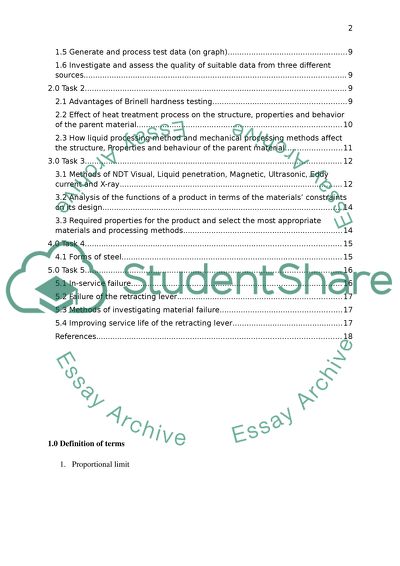Cite this document
(Engineering Materials Research Paper Example | Topics and Well Written Essays - 3500 words, n.d.)
Engineering Materials Research Paper Example | Topics and Well Written Essays - 3500 words. Retrieved from https://studentshare.org/engineering-and-construction/1697095-materials-engineering
Engineering Materials Research Paper Example | Topics and Well Written Essays - 3500 words. Retrieved from https://studentshare.org/engineering-and-construction/1697095-materials-engineering
(Engineering Materials Research Paper Example | Topics and Well Written Essays - 3500 Words)
Engineering Materials Research Paper Example | Topics and Well Written Essays - 3500 Words. https://studentshare.org/engineering-and-construction/1697095-materials-engineering.
Engineering Materials Research Paper Example | Topics and Well Written Essays - 3500 Words. https://studentshare.org/engineering-and-construction/1697095-materials-engineering.
“Engineering Materials Research Paper Example | Topics and Well Written Essays - 3500 Words”, n.d. https://studentshare.org/engineering-and-construction/1697095-materials-engineering.


